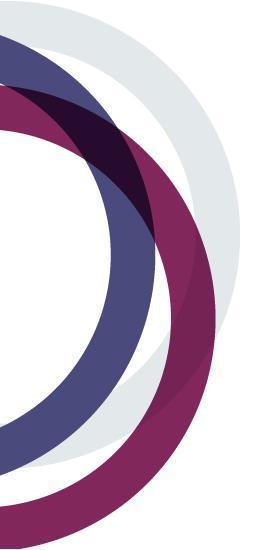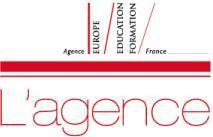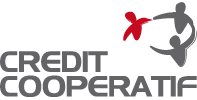Accueil |
Le GERM |
Partenaires |
Plan du site |
Contact |
Newsletters |
Tous les articles
|
Offre de stages
Suivez-nous





Ref. : 000036429
Date : 2014-01-15
langue : Anglais
Page d'accueil / Ensemble du site
Breaking down the data: new snapshots of water and sanitation in Asia Pacific
Source : UNICEF

New data released by UNICEF shows some interesting trends in water, hygiene and sanitation (WASH) supply throughout East Asia and the Pacific (EAP). This regioncovers 27 countries - 12 in East Asia and 15 in the Pacific. It includes ‘giants’ such as China (with a population of over 1.3 billion) at one end of the spectrum and Tuvalu in the Pacific with less than 10,000 people at the other end. Because of this diversity, I wondered how much difference would be seen in some of the regional statistics with and without China.
UNICEF issues regular snapshots of WASH data based on the WHO/UNICEF Joint Monitoring Program updates, and making use of other available data sets. At the end of 2013, these included A Snapshot of Sanitation and Hygiene in East Asia and the Pacific and A Snapshot of Water Supply in East Asia and the Pacific. A separate analytical overview was also issued on the Pacific – A Snapshot of Water and Sanitation in the Pacific.
These regional analyses and updates reveal some interesting findings. The East Asia and Pacific region shows extraordinary improvements in water supply and sanitation over past decades. Comparing data from 2011 with data from1990, some 693 million more people now have access to improved drinking water, and 836 million more people use improved sanitation.
The Impact of China
China accounts for more than two-thirds (68%) of the population of the East Asia and Pacific region, having a significant impact on WASH averages in the region as a whole. Certain key WASH indicators are quite different in the region with China statistics excluded. Most of the people who are newly able to access water and sanitation since 1990 are in China. Outside of China, slow progress on sanitation and high open defecation rates can be seen, as well as low access to piped water at household levels.


The Pacific
The Pacific sub-region, consisting of 14 Pacific island countries and Papua New Guinea, has a much different water and sanitation profile than the East Asia and Pacific region as a whole. Both sanitation and water coverage is far below the East Asia average. At around 30 per cent in 2011, sanitation coverage is the same as Sub-Saharan Africa, and lower than any other region in the world. Access to improved drinking water is only 53 per cent, lower than any region in the world and far behind the world average of 89 per cent.

Find out more
The full documents are available to download as follows. These are intended to help guide policy dialogue and advocacy for improved and equitable quality of WASH services.
• A Snapshot of Sanitation and Hygiene in East Asia and the Pacific (pdf)
• A Snapshot of Water Supply in East Asia and the Pacific (pdf)
• A Snapshot of Water and Sanitation in the Pacific (pdf)
The author: Chander Badloe, Regional Adviser – WASH, UNICEF East Asia and Pacific Regional Office, Bangkok
http://unicefeapro.blogspot.fr/2014/01/breaking-down-data-new-snapshots-of.html
Notez ce document
Moyenne des 104 opinions
Note 2.45 / 4 









 Actualités
Actualités













